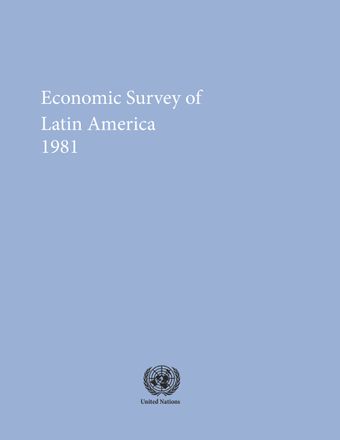Paraguay

- Author: Economic Commission for Latin America and the Caribbean
- Main Title: Economic Survey of Latin America 1981 , pp 607-658
- Publication Date: December 1981
- DOI: https://doi.org/10.18356/a82376f2-en
- Language: English
On the basis of recent experience, but also in the light of relatively reliable information on the probable evolution of some key variables such as the outlays in connection with the binational projects (Itaipú and Yacyretá), the harvests of the main crops, the industrial sector's investment plans and the consolidated public sector budget, it was estimated at the end of 1980 that the gross domestic product at constant prices would grow by around 11% in 1981. It was therefore also anticipated that there would be a further notable reduction in the already very low rate of open unemployment. At the same time, it was expected that inflation would continue to slow down, as had been occurring in a marked and systematic manner since early 1980. This, together with the expected increase in the tightness of the labour market and the level of the average increases prevailing at that time in wage agreements, held out a good possibility that the real wages of the labour force would increase considerably. As regards the balance of payments, an overall surplus of around US$ 160 million (similar to that registered during the last three years) was forecast. Such a surplus would once again have been very considerable in comparison with domestic demand and the degree of liquidity of the economy and would also reflect the substantial surplus expected on the capital account.
-
From This Site
/content/books/9789210583312s002-c024dcterms_title,dcterms_subject,pub_keyword-contentType:Journal -contentType:Contributor -contentType:Concept -contentType:Institution105



